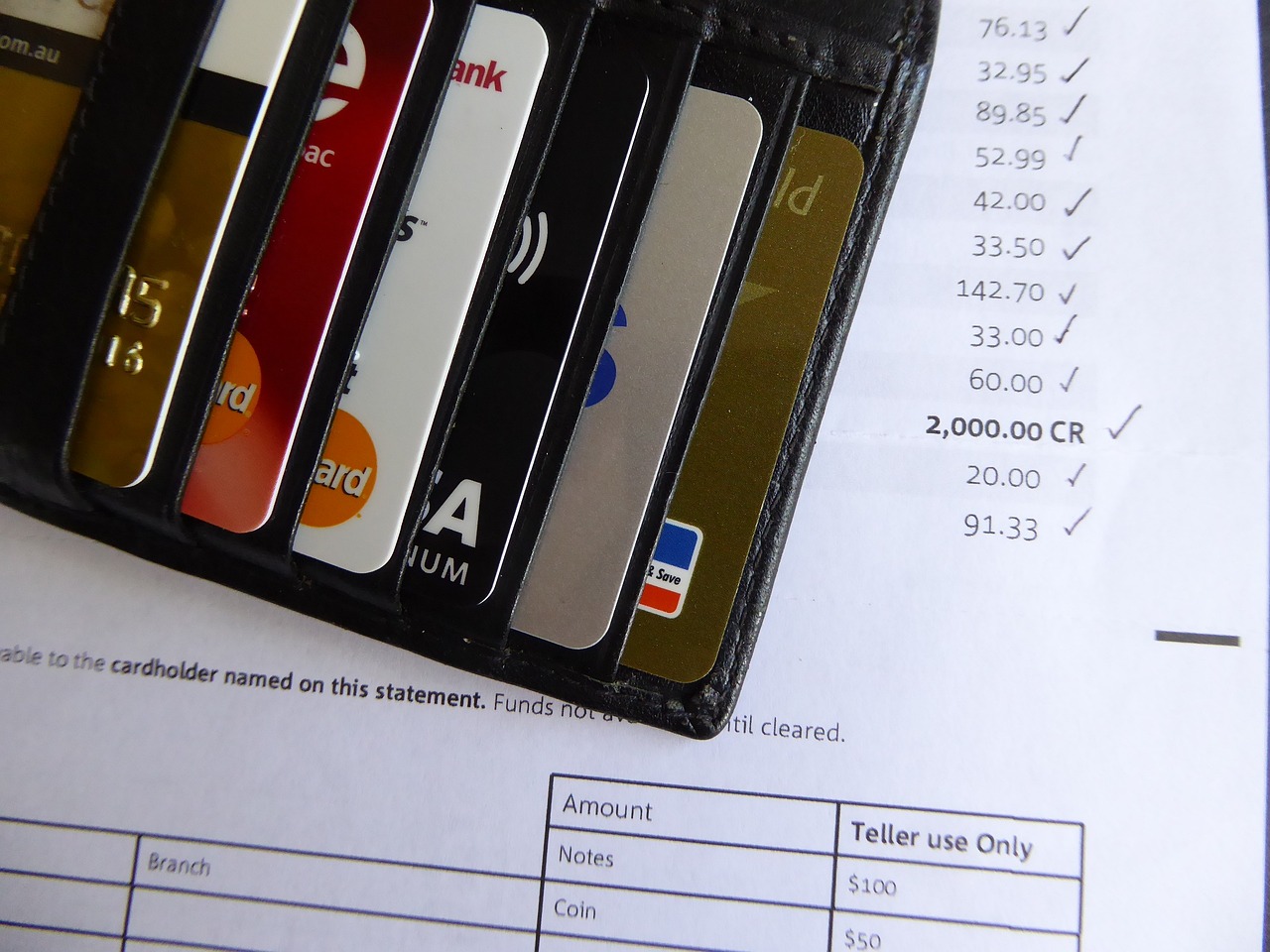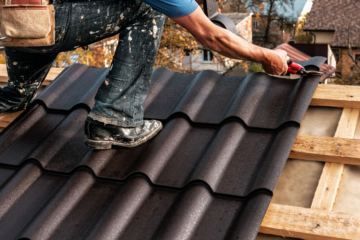
Roofing Damage and Your Homeowners’ Insurance Deductible
Roof Damage
A hurricane, windstorm, hail, or tornado may have caused damage to your roof. If you notice wet spots or water coming from your ceiling, this may indicate roof damage, and this is when you need to contact your insurance company for inspection, repairs, or a roof replacement.
Before your insurance company will pay for the work, however, you must pay a deductible.
Understanding Your Homeowners’ Deductible
When you purchase homeowners’ insurance, you have a choice of deductible amounts.
A deductible is the money you would pay in the event of a claim before the insurance company gives you a check for damages. This could be a low deductible but would require higher monthly or yearly payments. A higher deductible would lower your payments but would require more money out of pocket before the insurance company would pay out for the claim.
How is a Deductible Different from a Premium?
The only time you need to worry about paying a deductible is if you have damage and you file a claim. Your insurance company may subtract the deductible from the settlement amount they pay you, or they may require you to pay the deductible upfront. After you cover the deductible, the insurance company will send you money to pay for damage repairs.
The deductible is different from your insurance premium. You pay your insurance premium on a regular basis (monthly, quarterly, or yearly), and it is the same amount for each payment.

There are Several Types of Deductibles
You should know when you purchase your insurance policy which deductible applies to your policy.
- Flat Deductible
Most deductibles will be a flat deductible, which means that the amount is the same each time a claim is filed. This applies to most insurance policies.
- Percentage Deductible
Some insurance companies have a percentage deductible. This deductible is a percentage of the value of your home. It is often between 1% and 10% of the home value.
- Disaster Deductible
In some areas, regular insurance policies may not cover severe storm damage or natural disasters. In these locations, you may need to purchase another policy for events such as hurricanes, sinkholes, floods, severe windstorms, or hail. If these policies are needed, you often must pay a percentage deductible for claims. It may vary by area or state and could be 1-20% of the insured value of your home.
How to Choose the Right Deductible
Choosing the right deductible requires a look at your savings and budget.
Since a higher deductible will save you money on your monthly or yearly premium, it is good for your budget. However, a higher deductible necessitates having enough in savings or other funds to cover that deductible if you file a claim.
A lower deductible would mean higher premiums, causing a greater impact on your budget. But in the case of a disaster, that lower deductible would not cause as big a hit on your savings.
For example, if you had a damage repair claim of $15,000 and your deductible was $500, you’d get a check for $14,500. If you had a damage repair claim of $15,000 and your deductible was $2,500, you’d get a check for $12,500.
The good thing about deductibles is that you only pay them when you file a claim. So, if you don’t file a claim, you don’t pay a deductible. The deductible does apply to each separate claim, so if you have more than one claim in a year, you would need to pay a deductible for each one.









